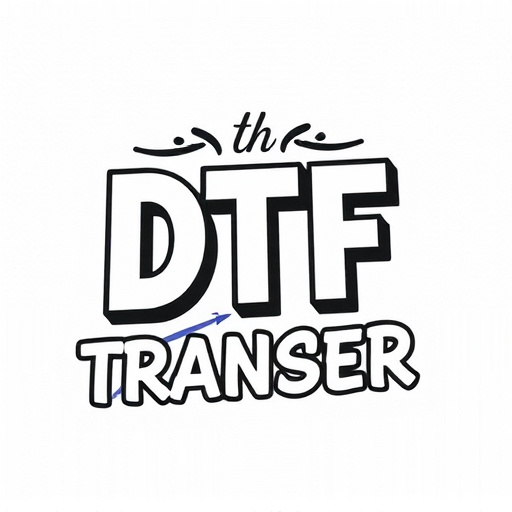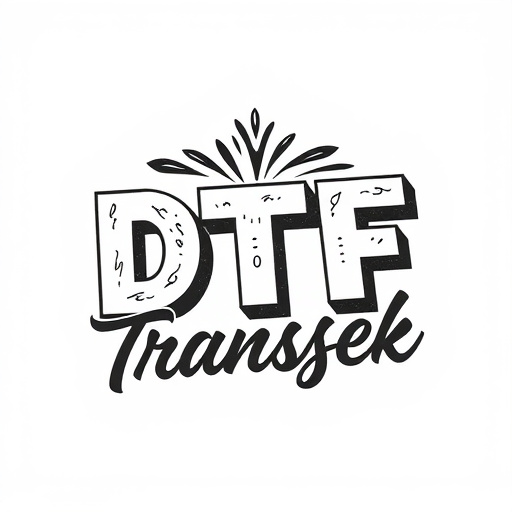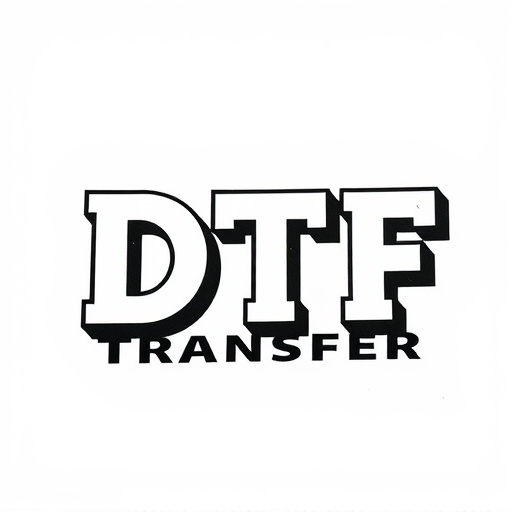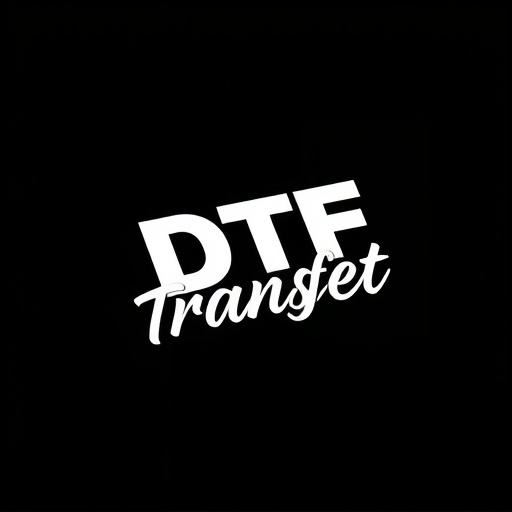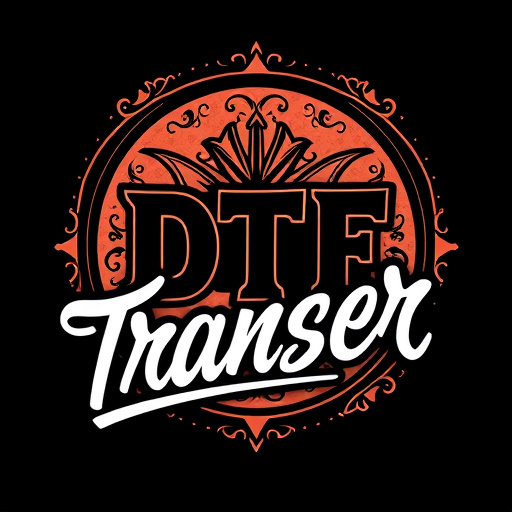Direct to Fabric (DTF) transfer technology is revolutionizing small-batch printing by offering immense versatility and flexibility without minimum order requirements. This game-changer empowers entrepreneurs and businesses to produce custom fabrics on demand, catering to diverse customer preferences in various niches. DTF Printing's straightforward process involves transferring designs directly onto fabrics using heat and pressure, making it ideal for fashion designers creating limited-edition clothing lines and small businesses personalizing promotional items. By eliminating large order minimums, DTF Transfer has democratized access to custom printing, enhancing product quality, reducing waste, and optimizing inventory management.
Discover the freedom of small-batch production with DTF (Direct to Fabric) transfer printing—no minimum order quantities required. This versatile technique empowers creators and businesses to explore custom designs without the usual constraints. In this article, we’ll delve into the advantages of DTF, its customization capabilities, material selection tips, and quality control measures. Explore real-world case studies showcasing successful DTF implementations in small-scale projects, leveraging its unique benefits to create distinctive, personalized products.
- Understanding DTF Transfer and Its Versatility
- Advantages of Small-Batch Production with DTF
- How DTF Printing Meets Customization Needs
- Choosing the Right Materials for DTF Prints
- Quality Control and Consistency in DTF Batches
- Case Studies: Successful Implementation of DTF in Small-Scale Projects
Understanding DTF Transfer and Its Versatility
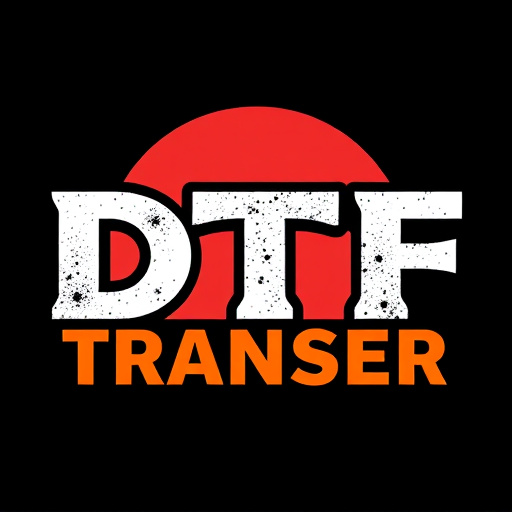
The DTF (Direct to Fabric) Transfer is a game-changer in the world of small-batch printing, offering immense versatility without imposing minimum quantity requirements. Unlike traditional printing methods that demand large orders to be economically viable, DTF allows entrepreneurs and businesses to produce custom fabrics on demand. This technology enables the creation of unique, personalized prints on various fabric types, making it perfect for niche markets and one-off creations.
DTF Printing provides a straightforward process where designs are transferred directly onto fabrics using heat and pressure. It’s not just about quantity; the beauty lies in its ability to cater to diverse customer preferences. From fashion designers creating limited-edition clothing lines to small businesses personalizing promotional items, DTF Transfer offers an efficient, cost-effective solution for small-batch production. This versatility has sparked a revolution in the industry, empowering creators to bring their ideas to life without the constraints of large order minimums.
Advantages of Small-Batch Production with DTF
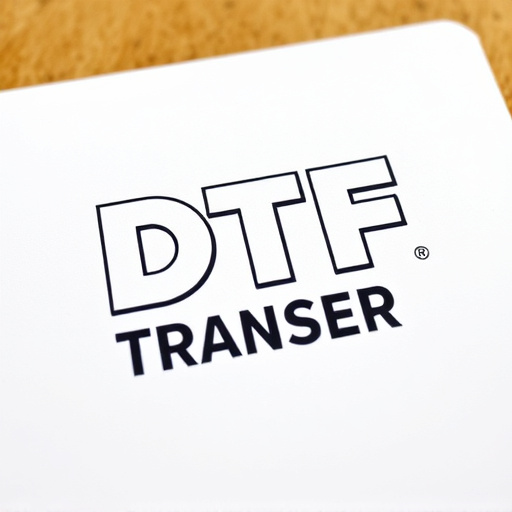
Small-batch production using Direct to Garment (DTF) printing offers numerous advantages over traditional methods. One of the key benefits is the flexibility it provides, allowing businesses and designers to create unique, personalized items without the constraints of minimum order quantities. This is particularly appealing for niche markets, custom designs, or limited-edition releases, where demand may fluctuate. With DTF Transfer, you can produce small runs efficiently, ensuring that inventory levels stay manageable and production costs are optimized.
Additionally, DTF Printing enhances product quality and detail. The direct printing method ensures crisp, vibrant prints on various fabric types, resulting in durable and visually appealing garments. This technology is versatile, accommodating a wide range of design complexities, from simple text to intricate graphics. Moreover, DTF Transfers enable the production of diverse products, not limited to clothing but also accessories, home goods, and more, expanding the possibilities for creative businesses and entrepreneurs.
How DTF Printing Meets Customization Needs
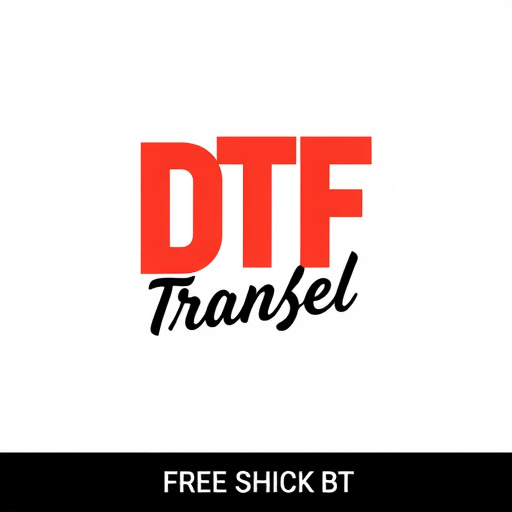
Direct-to-garment (DTF) printing has emerged as a game-changer in the world of customization, offering small-batch options without stringent quantity requirements. This innovative method allows for on-demand production, enabling businesses and creators to offer a wide range of unique, personalized designs with minimal setup costs. With DTF, a digital print is transferred directly onto a fabric surface using heat and pressure, resulting in high-quality prints that are both durable and vibrant.
DTF Printing perfectly aligns with the modern demand for customizable products, allowing for endless design possibilities. Whether it’s a limited-edition t-shirt, a custom accessory, or a personalized gift, DTF Transfer ensures each item is produced on-demand, catering to individual preferences without the need for large orders. This flexibility not only caters to niche markets but also reduces waste, making it an eco-friendly choice for businesses and consumers alike.
Choosing the Right Materials for DTF Prints
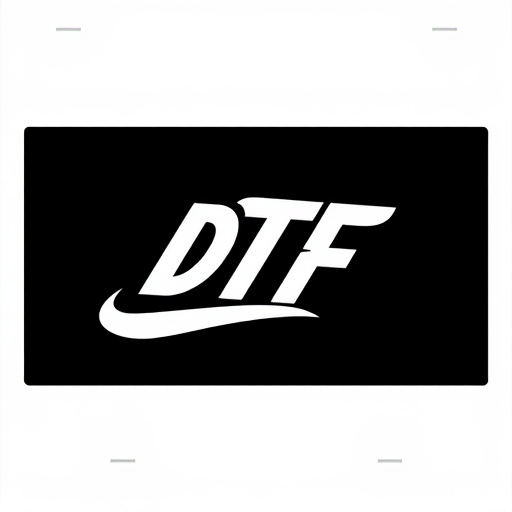
When it comes to small-batch DTF (Direct to Fabric) prints, selecting the right materials is key to achieving high-quality results without bulk ordering. The first step involves understanding your fabric choices; natural fibers like cotton and linen absorb DTF transfers better than synthetic ones. Opt for pre-washed fabrics to ensure a consistent finish, as new fabrics can shrink or have unpredictable absorption rates.
Additionally, choosing the appropriate DTG (Direct to Garment) ink is vital. Water-based inks are popular for their softness and eco-friendliness, while solvent-based inks offer vibrant colors and durability. Consider your design complexity; finer details may require a high-quality, fine-mesh screen for precise printing. Remember, small batches allow for experimentation, so feel free to try different materials and techniques to find the perfect fit for your unique DTF Printing needs.
Quality Control and Consistency in DTF Batches
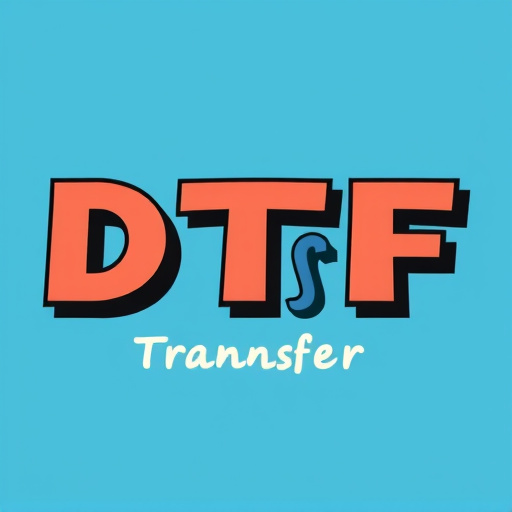
Small-batch production offers a unique advantage in the realm of DTF (Direct to Fabric) transfer printing—the ability to maintain quality control and consistency without sacrificing flexibility. Unlike large-scale manufacturing, where quantity requirements can sometimes compromise print quality, small batches allow for meticulous attention to detail. Each DTF batch can be thoroughly inspected and adjusted to ensure optimal results.
This precision is crucial in DTF printing, as it involves transferring intricate designs onto fabric with precise accuracy. By controlling the variables in smaller batches, printers can guarantee that every DTF print meets consistent standards. This consistency is essential for brands and designers who seek to maintain a uniform aesthetic across their product line, ensuring each piece bears the same high-quality, vibrant DTF prints.
Case Studies: Successful Implementation of DTF in Small-Scale Projects
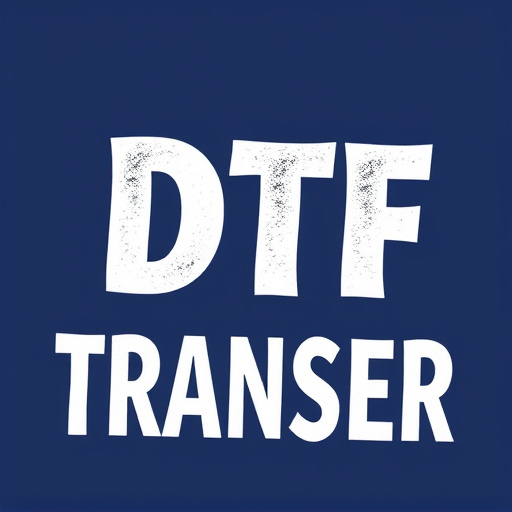
In recent years, the Direct to Fabric (DTF) transfer method has emerged as a game-changer in the printing industry, particularly for small-batch production. This innovative process allows businesses and artisans to produce high-quality, custom designs on fabric without the need for large minimum order quantities. Case studies from various sectors highlight the successful implementation of DTF technology in small-scale projects, revolutionizing how custom prints are achieved.
For instance, a boutique clothing brand utilized DTF printing to create unique, limited-edition t-shirts with intricate graphic designs. By employing this method, they could offer customers exclusive, personalized garments without the usual high costs and minimum order constraints. Similarly, a small-batch home decor company used DTF Transfer to print custom patterns on throw pillows and blankets, catering to individual customer preferences. These examples demonstrate how DTF technology democratizes access to custom printing, empowering businesses of all sizes to create tailored products while minimizing waste and overhead.








